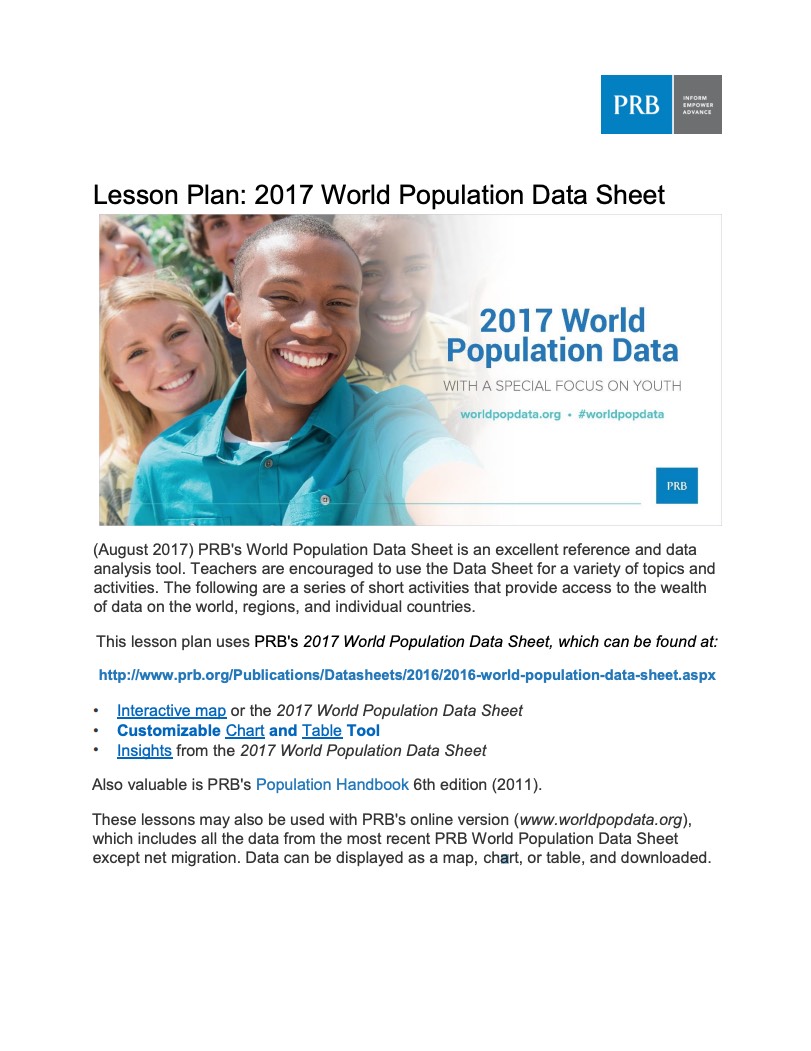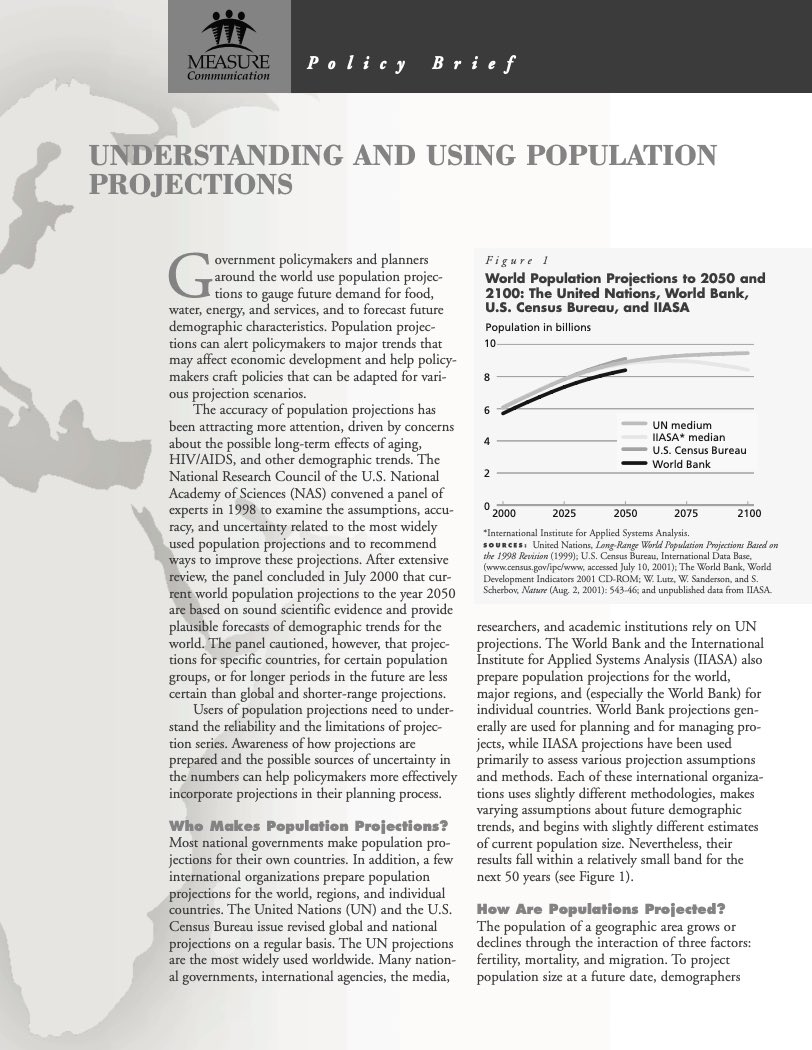PRB Discuss Online: Does Climate Change Threaten Our Cities?
(2010) The cities and towns of developing countries are projected to absorb at least 2.5 billion additional people by 2050. At the same time, these areas will experience global climate change likely to bring floods, droughts, food insecurity, and loss of livelihoods.



